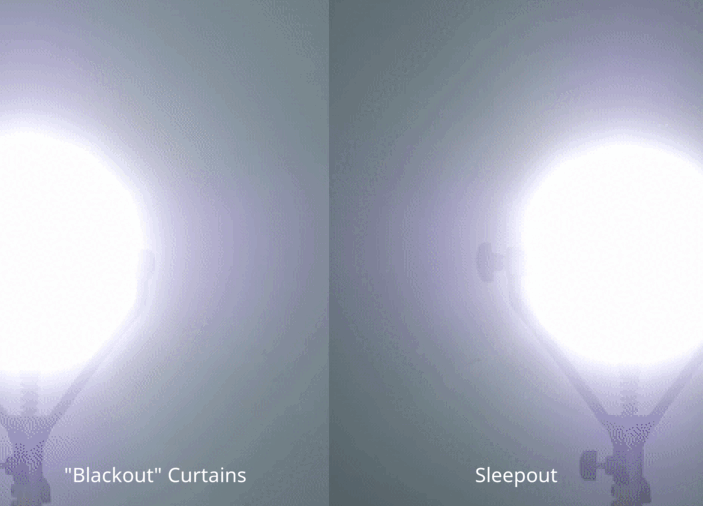Have you ever heard of sensory rooms for kids? We understand the importance of providing a calming and nurturing environment for children with sensory needs. In this blog post, we'll explore what sensory rooms are, why they're beneficial, and how to create one tailored to your child's needs.
What Are Sensory Rooms for Kids?
Sensory rooms for children are specially designed spaces that are intended to provide both a soothing and stimulating environment. These rooms are crafted to aid in improving a child's mood, modifying behavior, and enhancing sensory processing capabilities.
These rooms are specifically designed to cater to the unique needs of each child, making them an incredibly versatile and valuable tool in supporting children's overall development. They can include a wide variety of elements, from lighting and textures to specialized equipment, to create a custom environment that promotes growth and development.
While they are beneficial for all children, sensory rooms can have a particularly profound effect on those with sensory processing issues or behavioral challenges. This can include children on the autism spectrum, who often have unique sensory needs and can greatly benefit from the tailored stimulation and relaxation a sensory room can offer.
Exploring the Benefits of Sensory Rooms
The potential benefits of sensory rooms are wide-ranging and substantiated by a growing body of research. Studies have shown that sensory rooms can improve self-regulation, social interaction, and focus in children with sensory processing issues or behavioral challenges.
A sensory room may be beneficial for any child, but it's particularly helpful for children with sensory processing issues. For these children, everyday sensory experiences can be overwhelming, confusing, or distressing. A sensory room provides a safe, controlled environment where they can explore sensory experiences at their own pace, helping to improve their sensory processing over time.
Children with behavioral challenges, including those on the autism spectrum, may also find sensory rooms beneficial. The tailored environment of a sensory room can help to soothe anxiety and improve behavior, providing a valuable tool for these children and their caregivers.
Before setting up a sensory room, it's important to thoroughly evaluate your child's needs. Consulting with professionals such as occupational therapists or pediatricians can provide valuable insight into whether a sensory room would be beneficial for your child, and how best to design it to meet their unique needs.
Essential Features of a Sensory Room
Designing an effective sensory room requires careful consideration of each feature that you include. Here are some key features to consider:
Lighting: Lighting is a critical component of any sensory room. Soft, adjustable lighting can create a calming atmosphere, ideal for children who are easily overstimulated. On the other hand, color-changing lights can provide stimulation, ideal for children who need help focusing or engaging with their environment. For kids that have a hard time disengaging with their environment, consider non-toxic blackout curtains to help them relax for bedtime.
Textures: The textures in a sensory room should be diverse to offer a variety of tactile experiences. Consider incorporating elements such as soft blankets or pillows for comfort, weighted blankets for deep pressure input, or textured walls for tactile exploration.
Equipment: Specialized sensory equipment can greatly enhance the effectiveness of a sensory room. Items like swings, trampolines, and ball pits offer opportunities for vestibular and proprioceptive input, helping children to develop their balance, coordination, and spatial awareness.
When creating a sensory room, it's essential to tailor each feature to your child's preferences and needs. Above all, the room should be safe, comfortable, and engaging. Regularly update the room as your child grows and their needs change to ensure it remains a valuable tool for their development.
Every Child is Different
Sensory rooms can provide a calming and supportive environment for children with sensory needs or behavioral challenges. Remember that every child is different, and consulting with professionals can help you design the perfect space for your little one. Embrace the journey of creating a nurturing sensory room that will support your child's growth and development. To support your kid's sensory needs, consider investing in the most recommended blackout curtain by sleep specialists in North America. Use the code WELCOME10 for $10 off on us.




